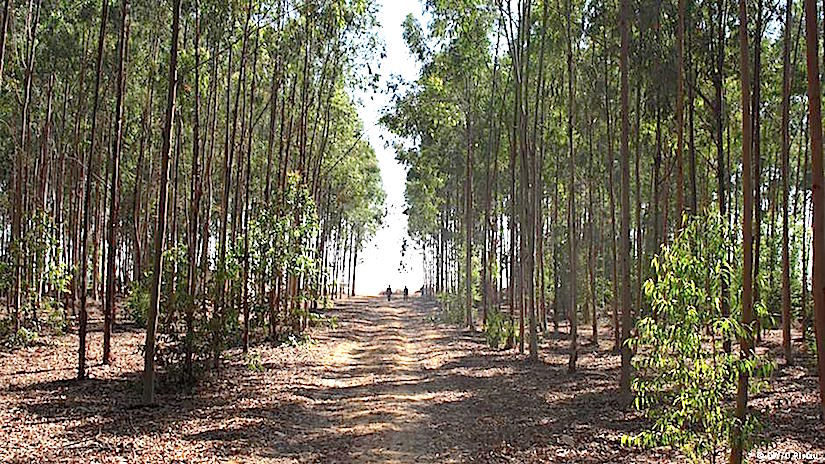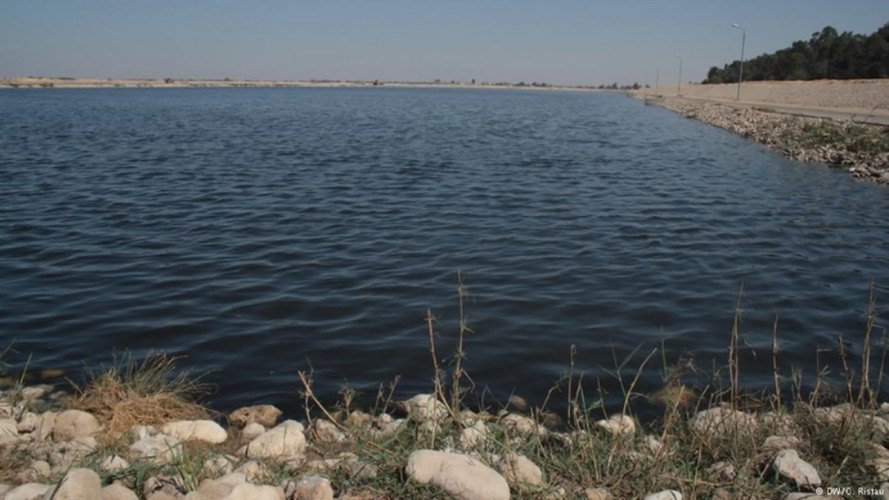
- Sustainable Planet -
- 4mins -
- 962 views
Scientists are Greening the Egyptian Desert With Wastewater
Researchers in Egypt are using recycled sewage water to grow a 500 acre forest in the middle of the Egyptian desert.
Egyptian researchers have discovered a way to grow forests in the desert with treated sewage
Desertification is a major issue throughout Africa, however the simple way to stop the spread of deserts into fertile land is by planting forests. The problem is that in the regions hardest hit by the phenomenon, there simply isn’t enough clean water to properly nurture the trees and keep them healthy. But an innovative project in Egypt is proving that it can be done using repurposed wastewater instead of tapping into the sparse fresh water supply. The trees grown in the forest are thriving, and in fact, the eucalyptus trees have been found to produce wood at four times the rate of pine plantations in Germany.

Serapium Forest is a sustainably managed commercial forest fed entirely by wastewater
Desertification, also known as desert-creep or desert-spread, is a process that has caused much concern over the last decade—and it’s a major problem for the ancient land of Egypt, where 96% of the country’s landmass is desert.
But if you drove a car 10 miles west of the Suez Canal, you would see bountiful forests of eucalyptus, teak, and mahogany trees limned against the orange sand and blue sky of the Sahara.
Serapium Forest is the most prosperous of Egypt’s 36 tracts of land that make up an ambitious program to combat desertification by creating sustainably managed commercial forests fed entirely by wastewater.
The 500-mile forest is only a short distance from the populous Egyptian city of Ismailia, inhabited by 400,000 people who produce millions of tons of sewage and sewage water every year.
Routed a dozen miles to the Serapium site, the sewage water arrives in massive microorganism-populated underground vats where oxygen is fed in to accelerate the bacterial purification process. A system of pipes then deposits the wastewater throughout the forest.
Since human wastewater is still rich in nitrogen and phosphorus even after being treated, it is effectively a MiracleGro formula provided free of charge by Ismailia’s citizens. (See video below.)
Source: GoodNewsNetwork

Wastewater potential for afforestation could turn 1.6 million acres of desert into viable forests
Recent efforts by Egyptian scientists have produced plenty of research suggesting that the wastewater potential for afforestation in the country could turn 1.6 million acres of desert into commercial forests that are arable and economically viable.
The federal effort, called the National Program for the Safe Use of Treated Sewage Water for Afforestation is going a long way towards achieving the country’s commendable ambitions voiced in the 1992 UN Rio conference on climate change—because so many trees can soak up hundreds of tons of CO2.
The research was supported by Forest Finance, a German forest investment company that has already established near-natural forests in Panama and Vietnam to aid those countries in economic development, CO2 absorption, and wildlife conservation.
Forest Finance wants to increase the number of species grown in Serapium by including a plantation on the site. That way, the biodiversity of the commercial forest would be able to support a greater array of life and species, and hopefully increase the profitability as well.
Source: GoodNewsNetwork


